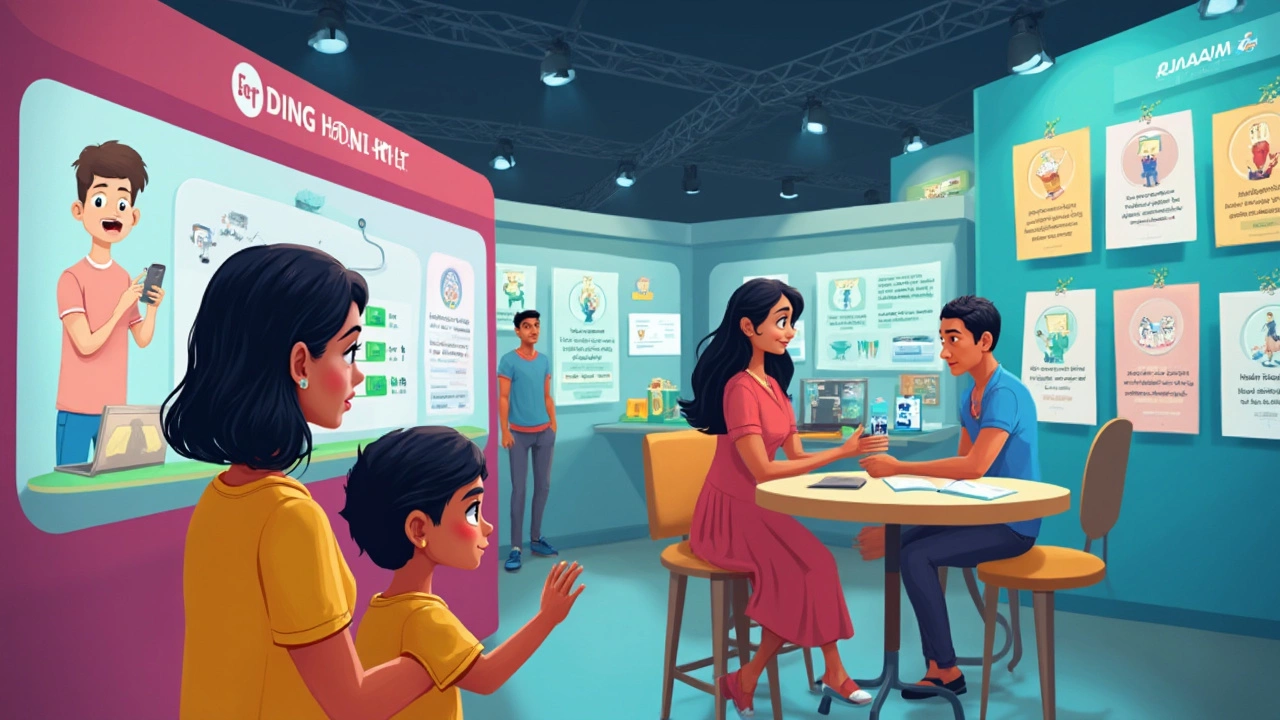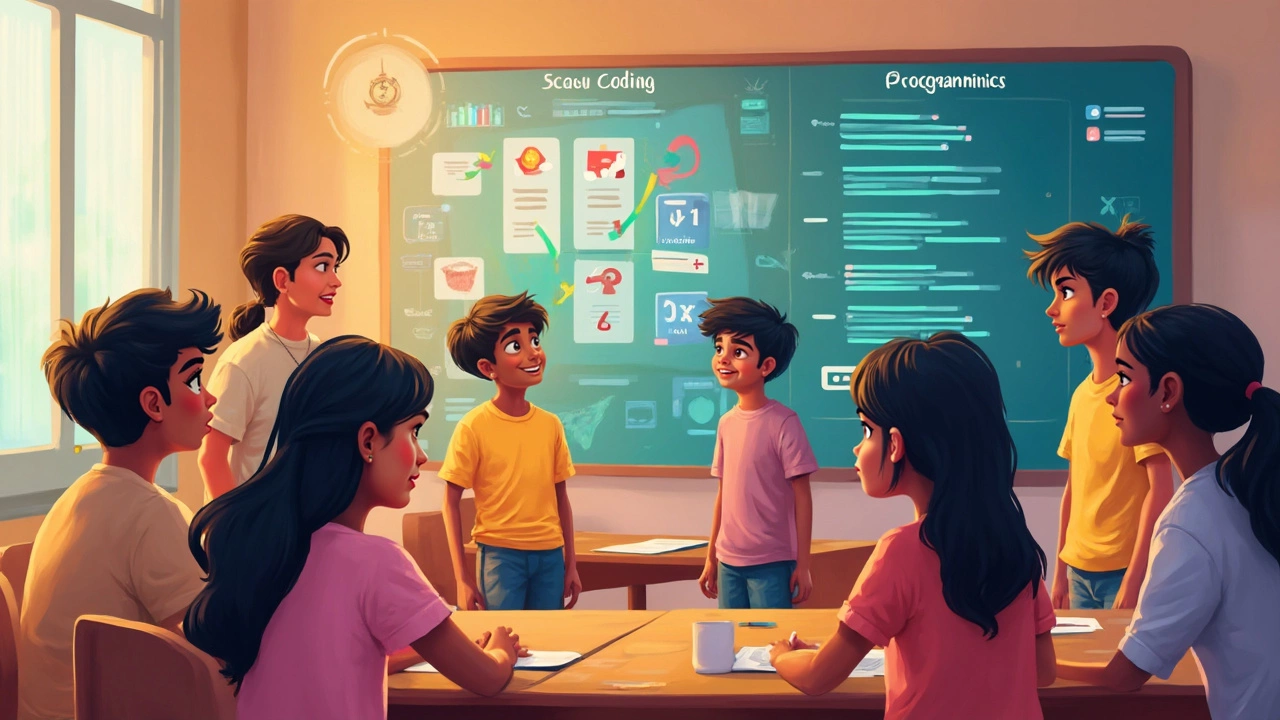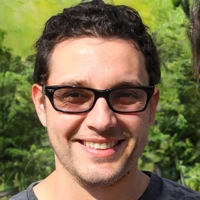Ever sat at your computer and wondered if you should sign up for a coding class or a programming class? Teachers, schools, and tech companies toss these words around like they're the same thing. But they're not, and knowing the difference can save you a ton of time and help you learn the right stuff.
Think of coding as writing down instructions. It's like typing a shopping list for your computer—telling it what to do, step by step, using a specific language like Python or JavaScript. Pretty much anyone can learn to code if they give it a go. Kids as young as seven, like my son Tarun, are already dabbling with Scratch to make their own little games.
Programming, though? That's a bit bigger. When you program, you don't just jot down instructions. You plan, design, test, and solve problems too. Programming is like being the architect of a building: you decide what the building will do, sketch it out, then work out the details so nothing falls apart. Coding is just one piece of the puzzle.
- Quick Definitions: Coding vs Programming
- Where Coding Stops and Programming Starts
- Real-World Examples
- What Skills Do You Need?
- How to Choose the Right Class
Quick Definitions: Coding vs Programming
People often mix up the terms coding and programming, but they’re not just two names for the same gig. Coding is actually the act of turning a plan, like an algorithm, into a language your computer understands—think typing out commands in Python, Java, or another language. If you learn the syntax and rules, you can become a coder and get stuff working. You don’t have to design everything from scratch. It’s more about following instructions and literally writing code.
Programming is a bit more involved than just writing code. Programmers map out how everything should work, fix bugs, test things, and think through lots of "what ifs." They’re the ones who ask, “What happens if the user clicks here?” or “How do we make sure this app doesn’t crash?” Programming includes everything from coming up with the idea to launching an app, while coding is just one part of that process.
Here’s a quick way to break down the differences:
- Coding: Writing instructions in a programming language. Focus is on getting tasks done, like moving a character in a game or collecting information from a website.
- Programming: Planning, designing, debugging, testing, and actually building a full project. It’s about creating something that works from start to finish.
If you look at how time is spent during a basic software project, you can really see how these two roles shake out. Here’s a simple table showing time split on a beginner mobile app project:
| Task | Time (% of Project) |
|---|---|
| Planning / Design (Programming) | 30% |
| Coding | 25% |
| Testing (Programming) | 25% |
| Debugging / Fixing Bugs (Programming) | 20% |
A coder spends their effort mostly on that 25%—turning instructions into code. A programmer is involved through all the steps, from planning right down to fixing bugs. Understanding this split makes it easier to decide what kind of class or learning path makes sense for you or your kid.
Where Coding Stops and Programming Starts
Here’s where things get interesting. Coding is mostly about translating a set of instructions using a programming language. When you hear someone say, “I coded a calculator,” what they really mean is, “I wrote the instructions to make a calculator work.” That’s it—just typing out the commands.
But programming zooms out and asks much bigger questions: “Why does the calculator need this feature? What happens if someone enters a weird number? How do I make sure it doesn’t crash?” Programming is about putting the whole project together—from the idea and planning, to fixing bugs and keeping things running smoothly.
“A computer program is a complete, tested, and integrated set of instructions with a defined purpose. Coding is simply the act of writing those instructions in code.” – Steve McConnell, software engineering author
Say you’re making an app for tracking your dog’s walks. Coding handles making a button turn blue when clicked. Programming figures out what happens once you click that button. Does the walk get logged? Does it update your stats for Milo’s exercise for the week?
If you’re wondering how they compare in the real world, check out this quick breakdown:
| Task | Coding | Programming |
|---|---|---|
| Writing Instructions | Yes | Yes |
| Problem Solving | Sometimes | Always |
| Planning | No | Yes |
| Testing | No | Yes |
| Debugging | Basic | Thorough |
The bottom line: coding is just part of the bigger process called programming. When you start building your own apps or games, you’ll see coding is only the beginning. Programming is making sure the whole thing works, even when stuff goes wrong.

Real-World Examples
Let's make this real. Say you're building a calculator on your phone. Coding is the act of taking the formula for adding two numbers and typing it out in something like Python:
sum = a + b
That line does exactly what it says—adds two numbers. Simple, right? That's coding in action. You know what you want, and you tell the computer exactly how to do it in its language. But what if you want the calculator to handle errors, like what happens if someone tries to divide by zero? Or ask the user for numbers first, then decide what operation to use based on their button press? Now we're heading into programming.
Programming is building the entire calculator app. You plan the look, handle the weird cases, and make sure nothing crashes. At a tech company like Google, coders might write pieces of code, but programmers design the whole system—like the search engine or how YouTube suggests your next video.
Here’s a quick breakdown of who does what in everyday tech:
| Task | Coding | Programming |
|---|---|---|
| Add 2 + 2 in Python | Yes | No |
| Build a website that takes orders | Partly | Yes |
| Fix a bug in an app | Yes | Yes |
| Plan user login with security | No | Yes |
| Design a new game feature | No | Yes |
Notice how coding handles the small, direct tasks. Programming takes over for bigger plans or solving tricky problems.
You might have heard about the Mars Rover. Sure, NASA engineers wrote tons of code lines, but the real magic was in programming—the planning, testing, and problem-solving needed to make sure the Rover didn't crash (literally) when it got to Mars.
If you’re thinking about which skills to pick up, focus on coding for quick wins and programming when you want to build or design something new.
What Skills Do You Need?
So you’re thinking about jumping in, but what does it actually take to get going with coding or programming? It’s not all about being a math genius or having a stack of computers at home. Here’s what really matters.
If you want to start with coding, you’ll need:
- Basic logic: You should be able to understand a simple if-then situation. Can you follow a recipe or a set of clear instructions? If so, you’re good.
- Typing and looking things up: You’ll spend a lot of time typing code and searching online for answers. You’d be surprised at how much even pros copy and paste from Stack Overflow.
- Patience: Computers are picky. One little typo and your code might not work. Learning how to debug is half the battle.
- Familiarity with a programming language: Start with something beginner-friendly like Python, or even block-based languages like Scratch for kids.
Programming asks for a bit more. To really handle a programming project, you’ll want:
- Problem-solving skills: Can you break down a big problem into smaller chunks? That’s a key part of building bigger apps or games.
- Understanding of algorithms and data structures: No need to panic, but you’ll bump into these the more you code. They help your programs run faster and smoother.
- Design and planning: Real projects need some up-front thinking. Flowcharts, basic diagrams, or even scribbles on paper make a huge difference.
- Testing and debugging: You’re going to make mistakes. Everyone does. Knowing how to test and fix your code is invaluable.
- Teamwork: Most big programming jobs aren’t solo acts. You’ll often work with others, so being able to communicate your ideas counts for a lot.
If you like data, here’s what most beginners say are their toughest challenges when they start:
| Skill | % of Beginners Who Struggle |
|---|---|
| Debugging | 60% |
| Understanding logic | 45% |
| Learning syntax | 35% |
Bottom line: You don’t need to master everything at once. Focus on logic, get comfortable with mistakes, and just keep practicing. Even Tarun’s first coding attempts were more bug than game, but he stuck with it, and now he’s running his own adventures on the laptop—that’s the real goal.

How to Choose the Right Class
Picking the right class in this sea of options can feel like searching for a needle in a haystack. But if you break it down, it gets way easier—especially if you know what you or your kid actually want to achieve. So, the main question is: do you want to just learn to code, or do you want to understand the bigger picture of programming?
If you (or your child) are just starting out, especially at a young age, an intro to coding class is usually best. These classes focus on hands-on, fun projects using simpler tools. For example, Scratch is popular for grades 2-5. Python basics are common by the time kids hit middle school. If you’re looking at adult options, the focus is often on building small apps or websites with clear steps and instructions.
- If the class is all about solving puzzles, creating animations, or making basic games, it’s usually a coding class.
- If the course includes things like designing a project, debugging, teamwork, and learning about how computers think, you’re looking at programming.
- For kids who want a challenge or want to understand not just how, but why things work, go for a programming course.
- Check for classes that match your schedule and learning style: live, self-paced, or project-based classes all have pros and cons.
A simple way to judge? Look at the course description. If it’s loaded with words like “logic,” “problem solving,” “algorithms,” or “software design,” it’s programming. If you see “build a game,” “write code,” or “learn syntax,” that’s more likely just coding.
Here’s a quick comparison of popular platforms in 2025 so you can see what’s out there:
| Platform | Age Group | Focus | Live Classes | Free Option |
|---|---|---|---|---|
| Scratch | 7-12 | Coding basics | No | Yes |
| Code.org | All | Coding & basic programming | Some | Yes |
| Khan Academy | All | Coding | No | Yes |
| Codecademy | 13+ | Programming | Yes | Yes (limited) |
| Udemy | All | Coding & programming | No | No |
If you can, ask the instructor a few questions before you sign up: What will we build in this course? How much guidance will I get? How much time do I need to commit each week? If a class ticks the boxes you care about, gives you hands-on projects, and fits your level, you’re probably looking at the right choice. It’s way better to pick the one that suits your goals than to just chase the fanciest-sounding course.



